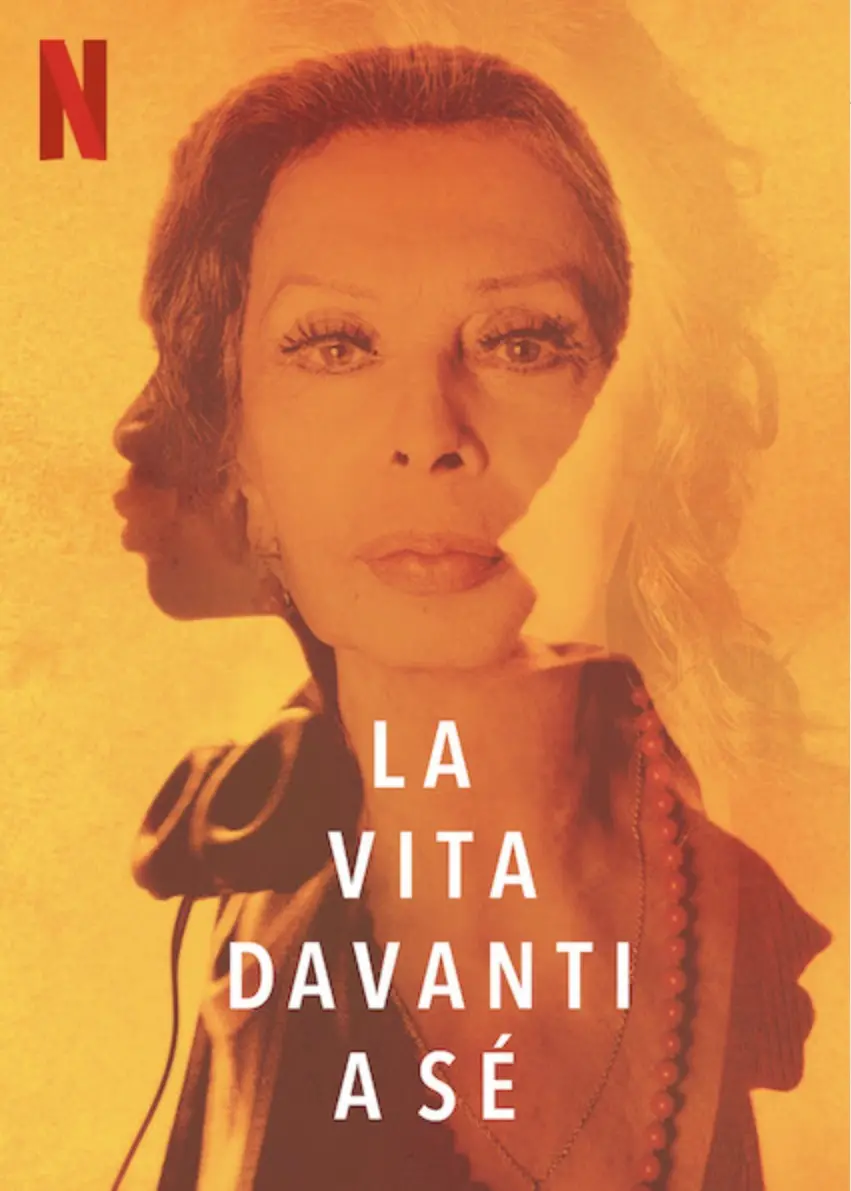

Unlike the novel of the same name by Romain Gary (1975), Edoardo Ponti’s film is set in Bari (not Paris). A former prostitute who looks after children of prostitutes for a living, Madame Rosa (Sophia Loren) lives on the stretch of viale Cavour between XX Settembre bridge and the edge of the Murat, Madonnella and Carrassi neighbourhoods. Bari is more vibrant than ever: from the lungomare, seen from the San Cataldo lighthouse between the Fiera del Levante and San Girolamo, to the narrow alleyways and streets of the old city where little Momo, one of Madame Rosa’s charges, is making a name for himself as a drug pusher; on display is the beating heart of the city, corso Vittorio Emanuele II, a wide avenue lined with trees and flowerbeds in the centre of Bari that acts as a boundary between the old city and the Murat neighbourhood where Momo happily tries out his new bicycle, amidst restaurants and shops. Bordering on the Murat neighbourhood is the Libertà neighbourhood where the Istitute Salesiano Redentore which has housed children of disadvantaged social extraction (like little Momo) for over a century features in a scene of children playing in the square. To keep a promise he made to Madame Rosa, Momo gets her out of the hospital and takes her to the little harbour of Santo Spirito, a picturesque fishing village in a natural bay north of Bari, a place where the woman finds some peace.
Outside the capital of the Apulia region, locations include the ancient Brancati masseria (farmhouse) on a plain of centuries-old olive trees in the Ostuni countryside as the setting for Lola’s birthday (Abril Zamora) celebration and a residential building in via La Giudea in the Jewish quarter of Trani.
Unlike the novel of the same name by Romain Gary (1975), Edoardo Ponti’s film is set in Bari (not Paris). A former prostitute who looks after children of prostitutes for a living, Madame Rosa (Sophia Loren) lives on the stretch of viale Cavour between XX Settembre bridge and the edge of the Murat, Madonnella and Carrassi neighbourhoods. Bari is more vibrant than ever: from the lungomare, seen from the San Cataldo lighthouse between the Fiera del Levante and San Girolamo, to the narrow alleyways and streets of the old city where little Momo, one of Madame Rosa’s charges, is making a name for himself as a drug pusher; on display is the beating heart of the city, corso Vittorio Emanuele II, a wide avenue lined with trees and flowerbeds in the centre of Bari that acts as a boundary between the old city and the Murat neighbourhood where Momo happily tries out his new bicycle, amidst restaurants and shops. Bordering on the Murat neighbourhood is the Libertà neighbourhood where the Istitute Salesiano Redentore which has housed children of disadvantaged social extraction (like little Momo) for over a century features in a scene of children playing in the square. To keep a promise he made to Madame Rosa, Momo gets her out of the hospital and takes her to the little harbour of Santo Spirito, a picturesque fishing village in a natural bay north of Bari, a place where the woman finds some peace.
Outside the capital of the Apulia region, locations include the ancient Brancati masseria (farmhouse) on a plain of centuries-old olive trees in the Ostuni countryside as the setting for Lola’s birthday (Abril Zamora) celebration and a residential building in via La Giudea in the Jewish quarter of Trani.

Madame Rosa, an elderly Jewish former prostitute who fosters children for a living, agrees to take on Momo, a rowdy twelve-year-old boy of Senegalese descent. An initial reluctance eventually becomes a deep friendship.